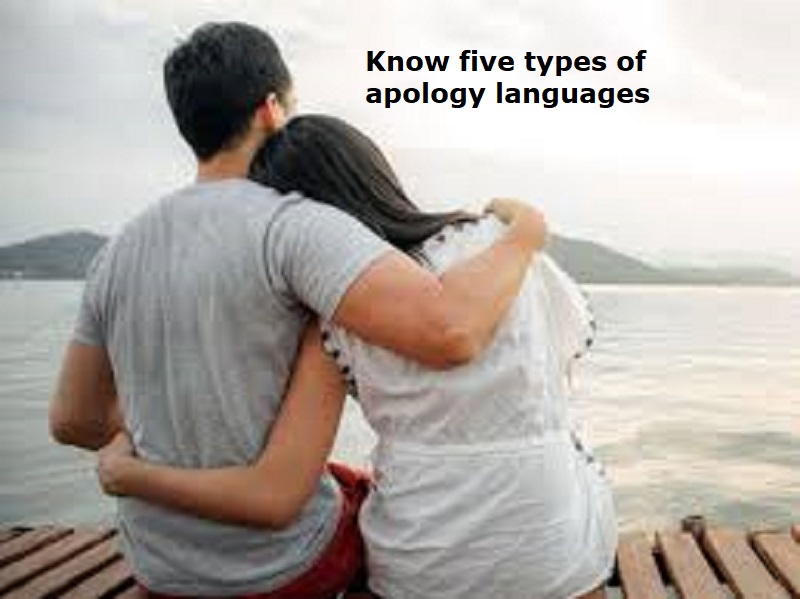
Languages of apologies refer to how a person shows or tells someone that they are sorry. These can be helpful for those giving and receiving an apology. It is possible for a person’s apology language to change based on whether they are making or receiving an apology.
As per lifestyle therapists, there are 5 types of apology languages. The apology language show a person how they give and receive apologies.
The way we seek apology after accepting and taking responsibility for our mistakes helps in improving the health of the relationship. It is important to normalize the conflicts in a relationship and find ways to address them.
Here are 5 types of apology language:
Expressing Regret: This form of apology includes expressing personal feelings of remorse about wrongdoing. Expressing regret helps the partner to understand what we have felt after knowing about the impact of our mistake.
Accepting Responsibility: This tyupe of apology language is when someone does something wrong, and immediately takes ownership for this mishap by accepting responsibility. Due to the maturity and self-awareness required for accepting responsibility, many people appreciate this form of apology.
Accepting responsibility for the mistake and communicating it to the partner can help in addressing it in a healthy way.
Also Read; Know Proven Health Benefits of Dark Chocolate
Genuinely Repenting: Genuine repentance occurs when a person who committed the wrong tries to find a way to correct their behavior. This form of apology is common if the mistake was directly caused by the person’s actions, such as flirting with another person, making an insensitive joke, or snapping at a loved one. This apology language is best for people who want to see actions, not just words.
Making Restitution: A person can make restitution by finding a way to replace or correct the resulting situation. This form of apology may be used if something was misplaced or broken. For people who like their partners to show action, as well as verbal remorse, this method might be best. Making restitution and inviting the partner to find solutions together helps in restoring trust.
Requesting Forgiveness: This final form of apology includes one asking for forgiveness from the person they hurt. It puts the emotional power, but also the emotional burden, back in the hands of the hurt party. Requesting for forgiveness and giving time to the partner to heal and return to the relationship is a healthy way of addressing conflict.

Post Your Comments